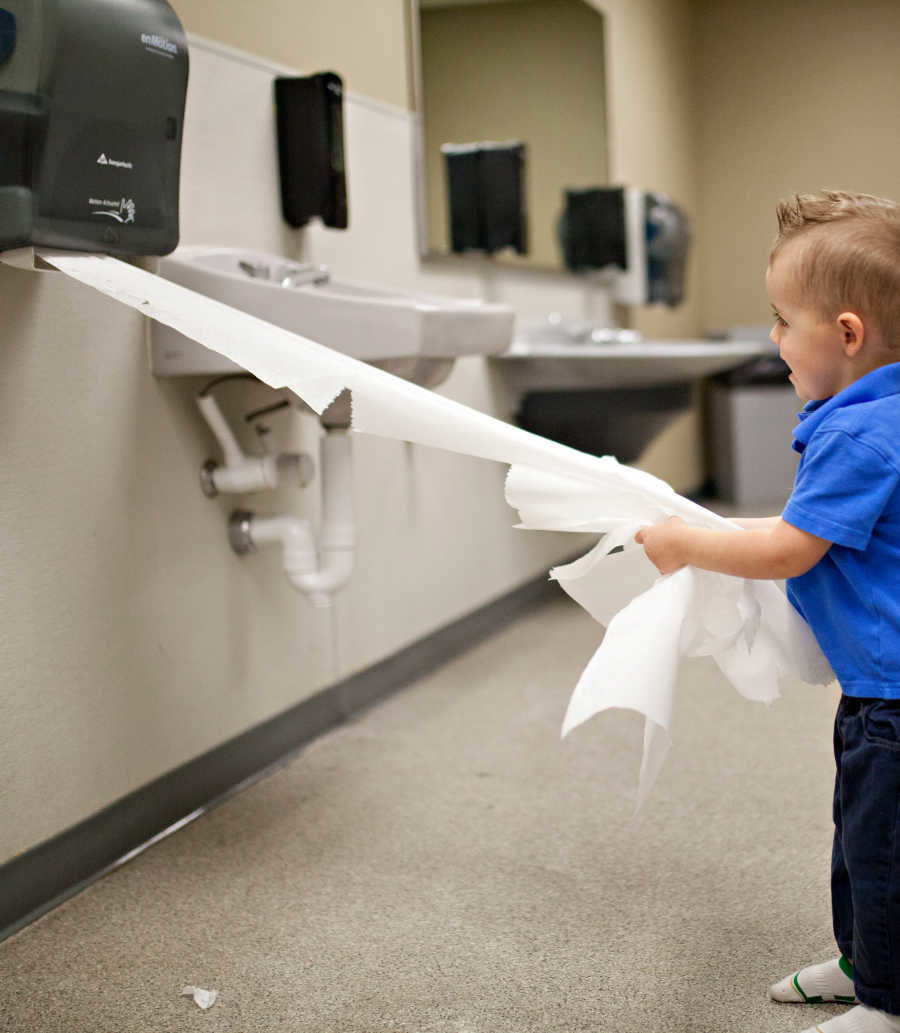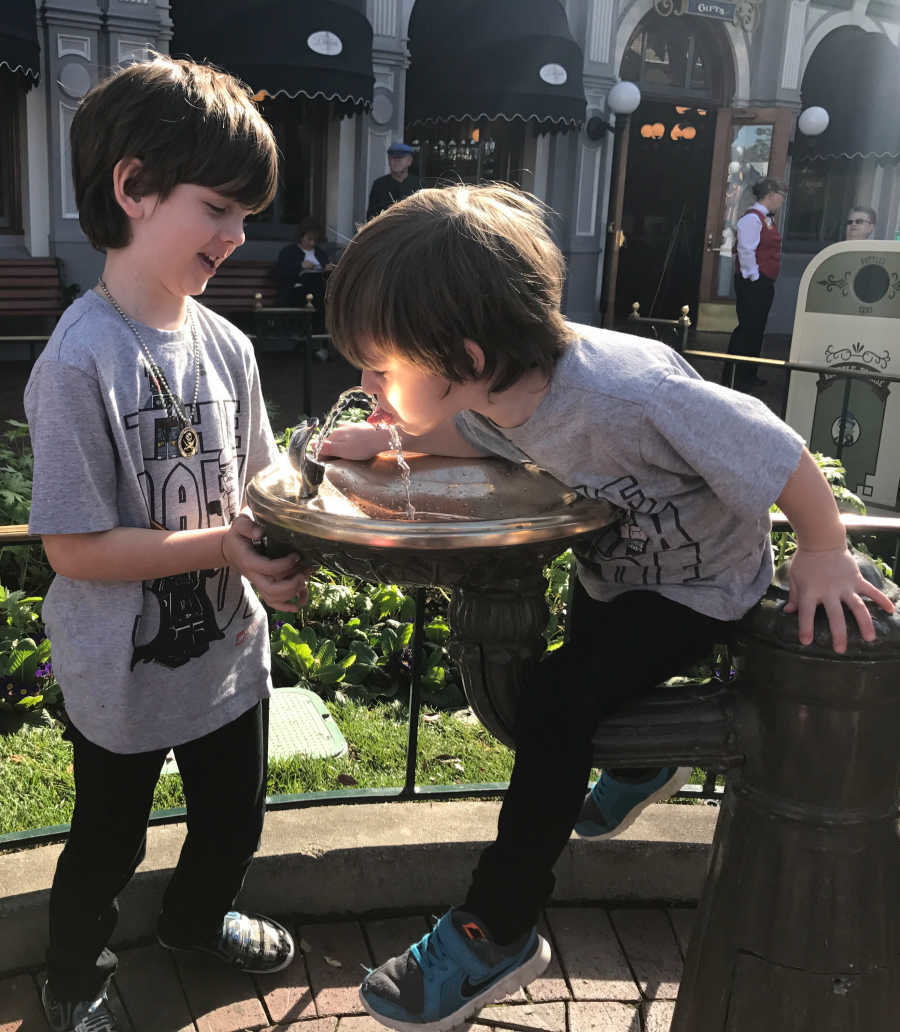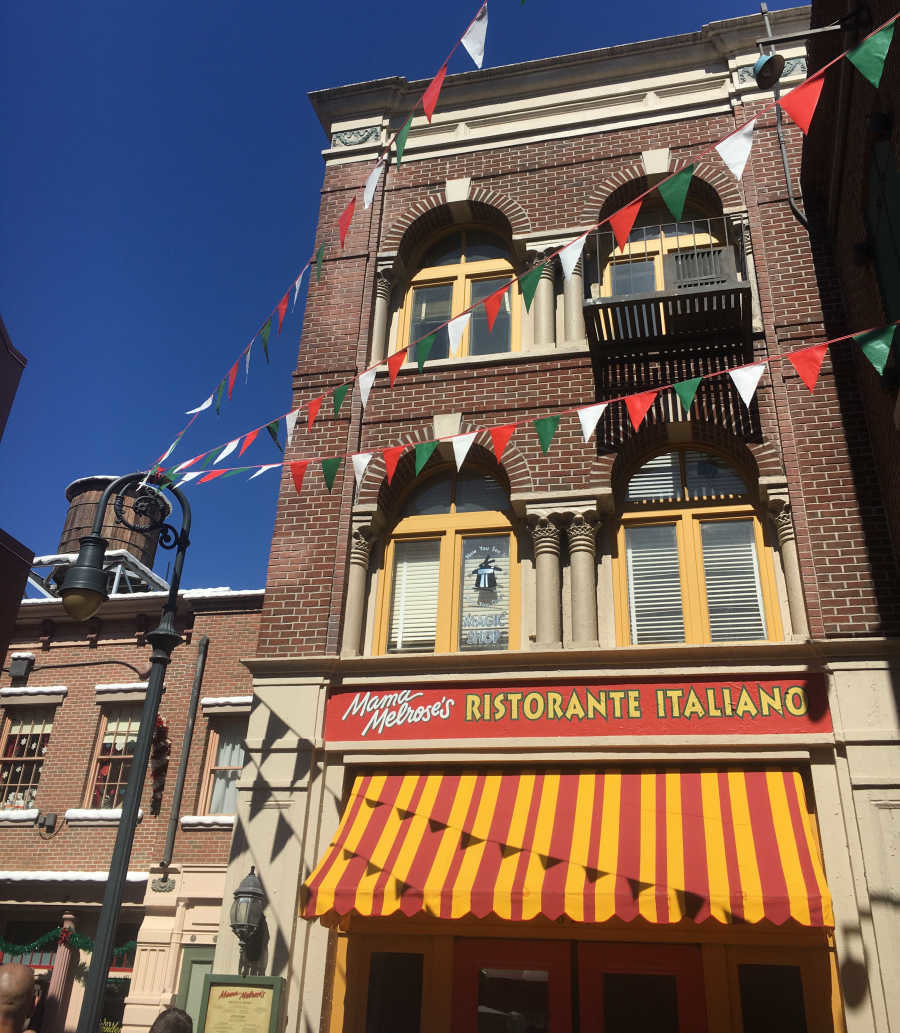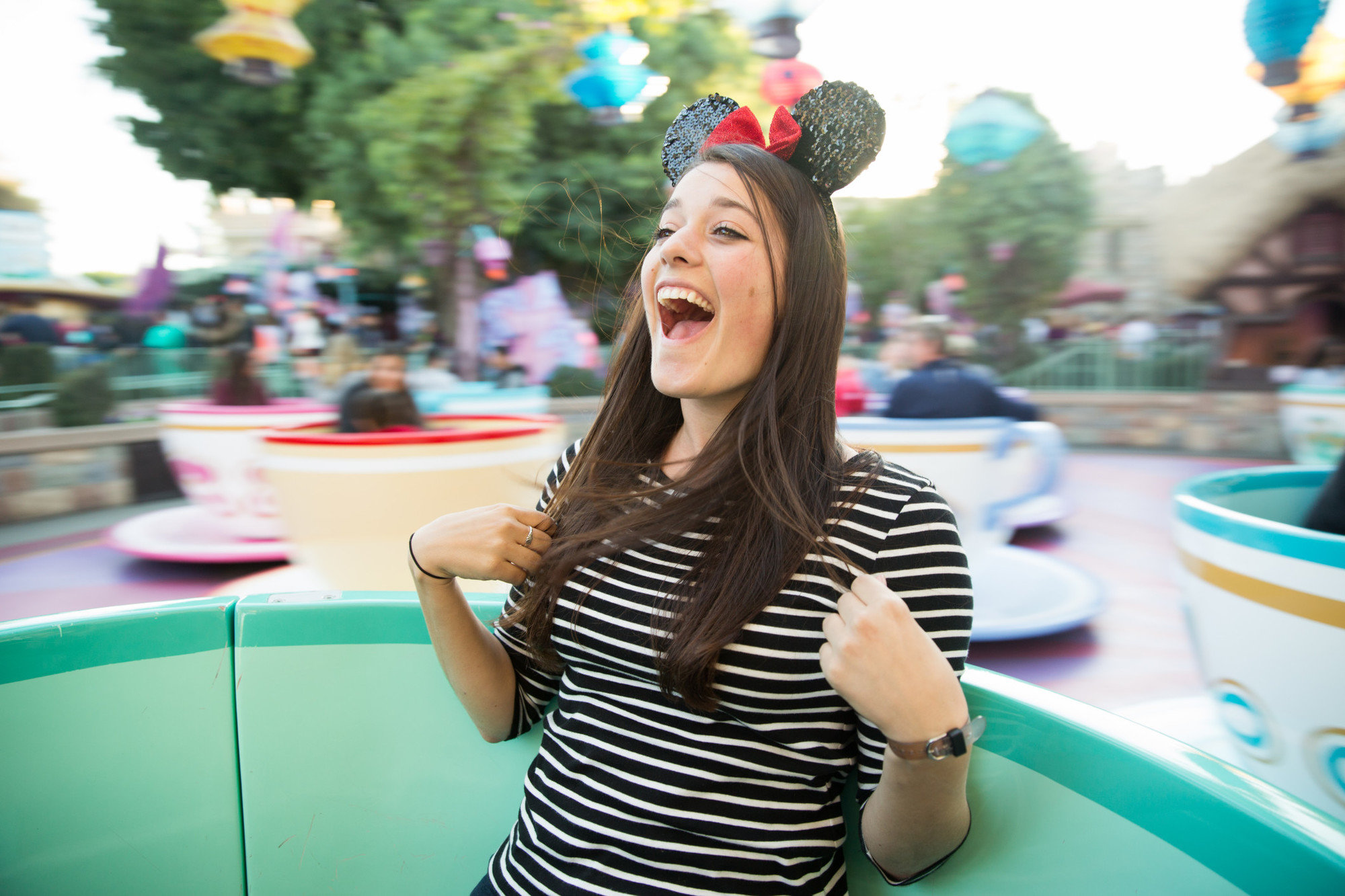
Disney World may be billed "The Happiest Place on Earth," but that doesn't mean it's necessarily the cleanest place on Earth. Given that an average of 250,000 guests travel to the different Walt Disney World properties each day — that's the same as the population of Reno, Nevada — it makes sense that not everything would be as squeaky-clean as we might like it to be. And while the place is known for having a series of interconnected tunnels, which make clean-up of standard kiddo accidents, like a spilled ice cream, much faster than basically anywhere else, there are still some serious places to get dirty (and stay germy). After all, over 250 million people have ridden the “It’s a Small World” attraction at the Magic Kingdom. That's about the population of New York City … if we were to multiple it by 29. That's wild, right? And definitely difficult to clean out.
While exposure to some germs can be good for us — yay for building immunity and developing tolerance! — that doesn't mean we want our kids covered in every kind of yuck that's sure to get them sick. For instance, take a look at what's on an 8-year-old's hand after he plays outside. Yep, it's gross … although honestly, making sure kids wash their hands with soap and water regularly can take care of most of this stuff. And that's better than using hand sanitizer, which can encourage resistant strains of bacteria. However, not everything is as easy to wash as our kids' hands. Sometimes there's a delicate item — for instance, when a kid's favorite stuffed animal inevitably gets filthy, what should we do? Check out ways to clean stuffed animals to help Mr. Rags get clean again without losing all his fluffy fur. And because mom shouldn't have to do everything at home, try to get the kids involved in cleaning so they can better appreciate a clean home and understand the work that goes into it.
Handrails

Microbiologist Dr. Charles Gerba — aka Dr. Germ — says that hand railings are one of the most germ-ridden surfaces in public spaces, where things like food, E. coli, urine, mucus, feces, and even blood can appear. Anything that gets on people's hands gets on handrails. His advice? As he told CBS News, avoid touching handrails unless absolutely necessary — in which case, it's always a good idea to wash hands afterwards.
Soap Dispenser

Similarly, when Gerba tested liquid soap dispensers in public bathrooms, 1 in 4 had unsafe levels of bacteria. So, even though washing our hands is key to staying germ-free, hands may get temporarily gross before getting clean again — so make sure to wash them thoroughly and for the recommended period of time.
Hand Dryers

The Middle Stall

People reliably choose the middle bathroom stall, so it's bound to be the dirtiest. When in doubt, choose the first stall. Dr. Mehmet Oz explains: "Because the first stall is used least often, it contains the lowest bacteria levels. Instead of skipping the first stall, choose it to help avoid possible infections."
Park Benches

Back in 2011, Good Morning America ran a germ test for public seating and found public benches to have high levels of bacteria, including E. coli. The good news is that Disney is slated to remove a lot of its public benches — not for germs, but to make the park more accessible and improve the flow of people.
Water Fountains

Sadly, there are more germs in a public water fountain than in toilet water. Microbiologist Robert Donofrio, Ph.D., told Health that there could be anywhere from 62,000 to 2.7 million bacteria per square inch on the spigot.
Seat Belts

Think about those seat belts — every rider touches them at least twice, putting them on and taking them off. How often do they get sanitized? In a similar test of airplane seatbelts, which see far less daily use than a typical ride, experts found 230 colony-forming units (CFUs, for short) of bacteria per square inch, which is worse than a typical bathroom at home.
Restaurant Menus

Think about how many times a restaurant menu gets handled each day. According to WebMD, some have more than 100 times more bacteria than a toilet seat. Definitely a good reason to instill a "wash hands after ordering" policy, especially when choosing finger foods.
Anywhere There Are Other People

The thing about crowded public spaces, such as an amusement park, is all the other people. It's impossible to know what germs they might have. In 2015, infected guests at Disneyland even caused a mini outbreak of measles in Orange County, California. The Centers for Disease Control and Prevention found that the measles came from an international guest and then spread to locals who weren't vaccinated.
Cellphones

Know what else is dirtier than a toilet seat — by a factor of 10? Cellphones. One of the dirtiest things we might encounter on a day at Disney is sitting right there in the palm of our hand — after hanging out in our purses, which are typically a lot dirtier than we'd like to think, too.
The Hotel Room

The germs don't stop when we leave the gate. Anyone staying at a Disney resort hotel runs all the risks that come with hotel accommodations. When an infectious disease expert tested one hotel room, he and his team found viruses (from previous guests who had colds) on the TV remote, door handles, light switches, pens, and faucet handles, as well as urine and feces on the carpet and bedspread.
The Seats on the Rides

How many butts see those seats each day? When it comes to the Mad Tea Party ride, the answer is plenty — there are always long lines at this one, and given that the Magic Kingdom sees an average of 53,000 people a day, that's pretty intense. There are tons of studies that show our subway systems are packed with all kinds of germs, and it's easy to make that logical leap to other smooth plastic seats the public uses all day long.
The Floors

Especially in the summer months, it's possible to get everything from plantar warts to athlete's foot from walking around sweaty surfaces barefoot. But even though most of us keep our shoes on, we may be tempted to put things down on the ground — say, a handbag or diaper bag — especially in the bathroom. But it's best to avoid it: Dr. Germ found that 33% of women's purses he examined had fecal bacteria on the bottom.
The Disney Water Parks

Even though the water is chlorinated, all water parks are pretty much just big pools of bacteria sloshing around. Some bacteria are chlorine-resistant, including parasites like cryptosporidium, which can cause severe stomach upset, like cramps, diarrhea, and vomiting. No thanks!
Ketchup Bottles

In one study from Bowling Green University, aerobic bacteria was found on 100% of ketchup bottles — 100% as in all of them. It makes sense, really — bottles frequently get refilled, but how often do they get sanitized? Watch out when grabbing lunch at Disney!



